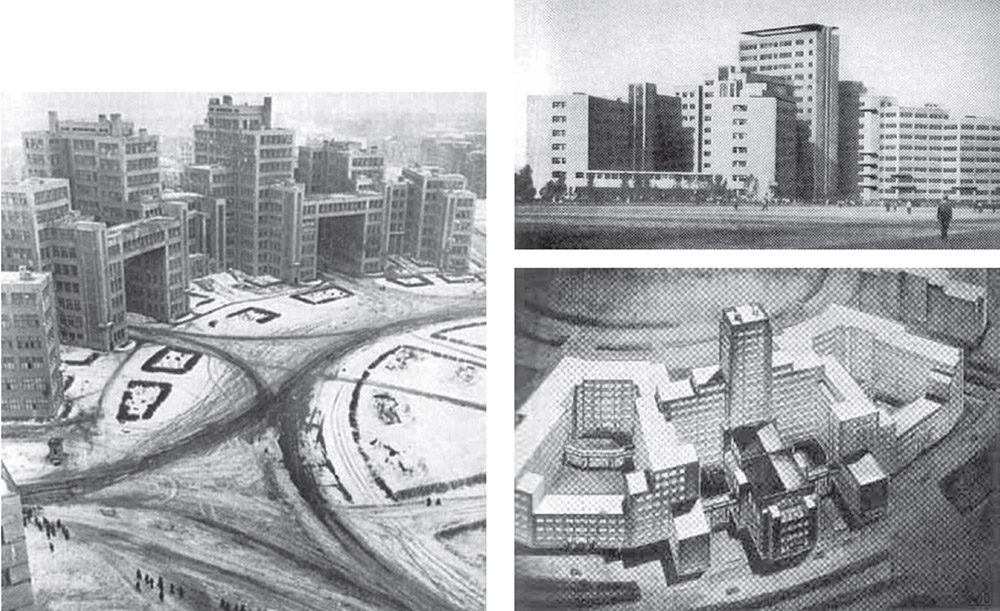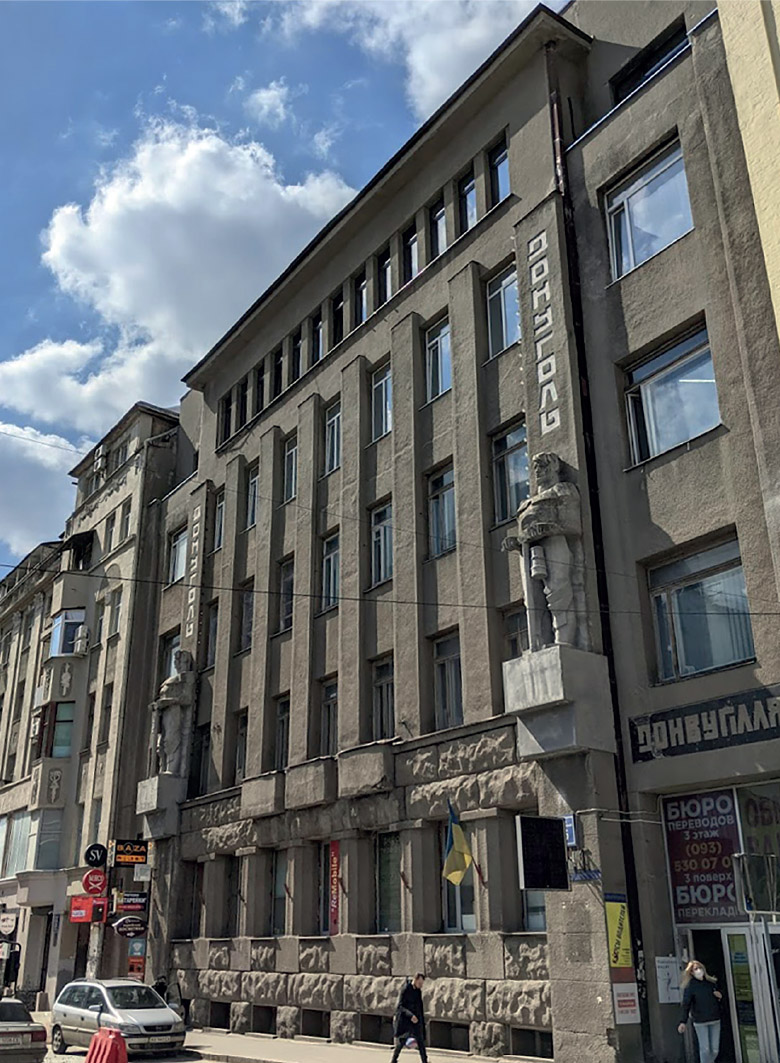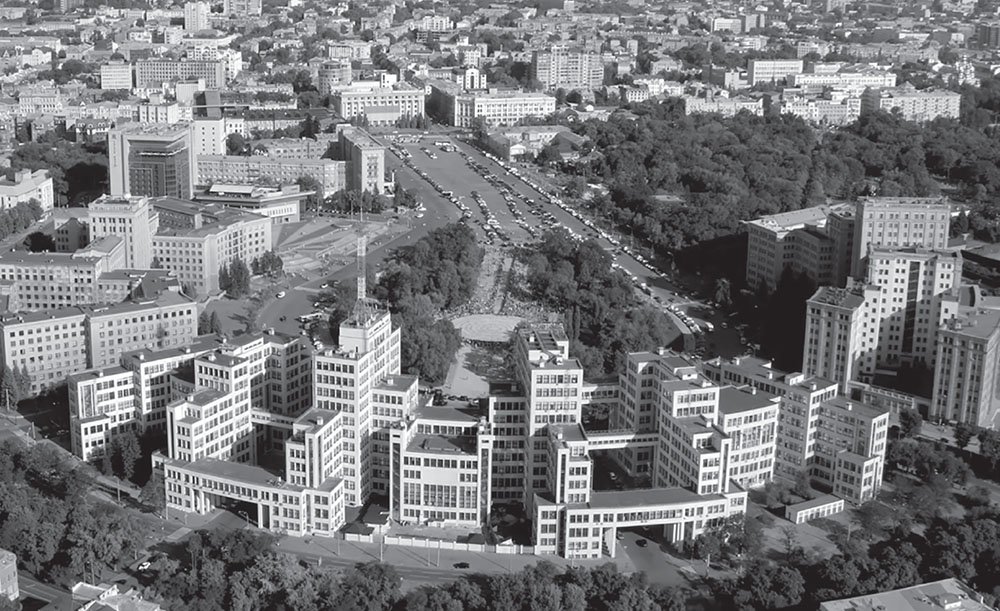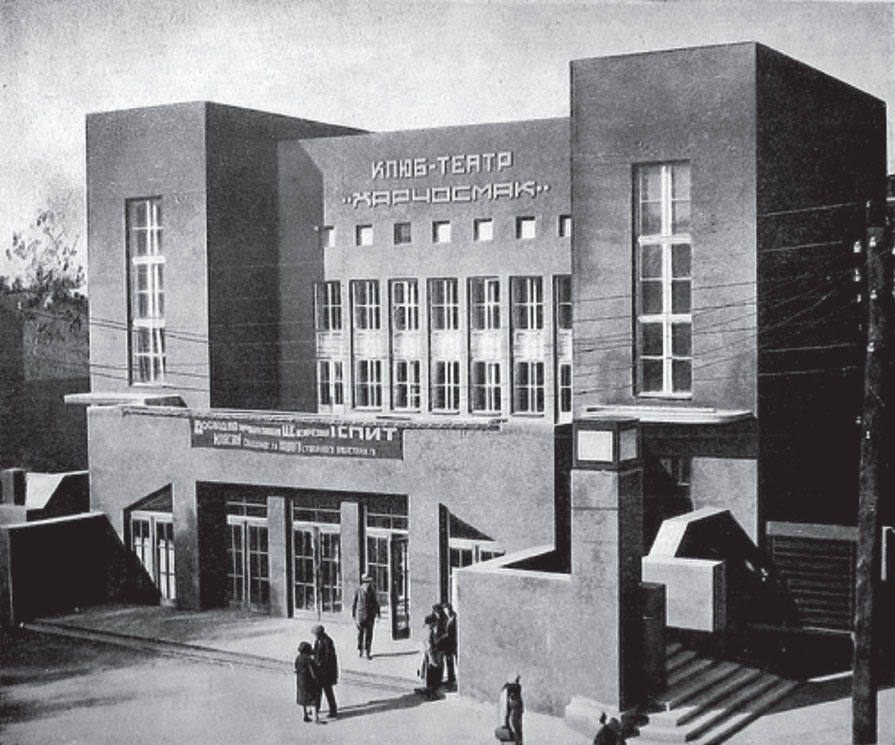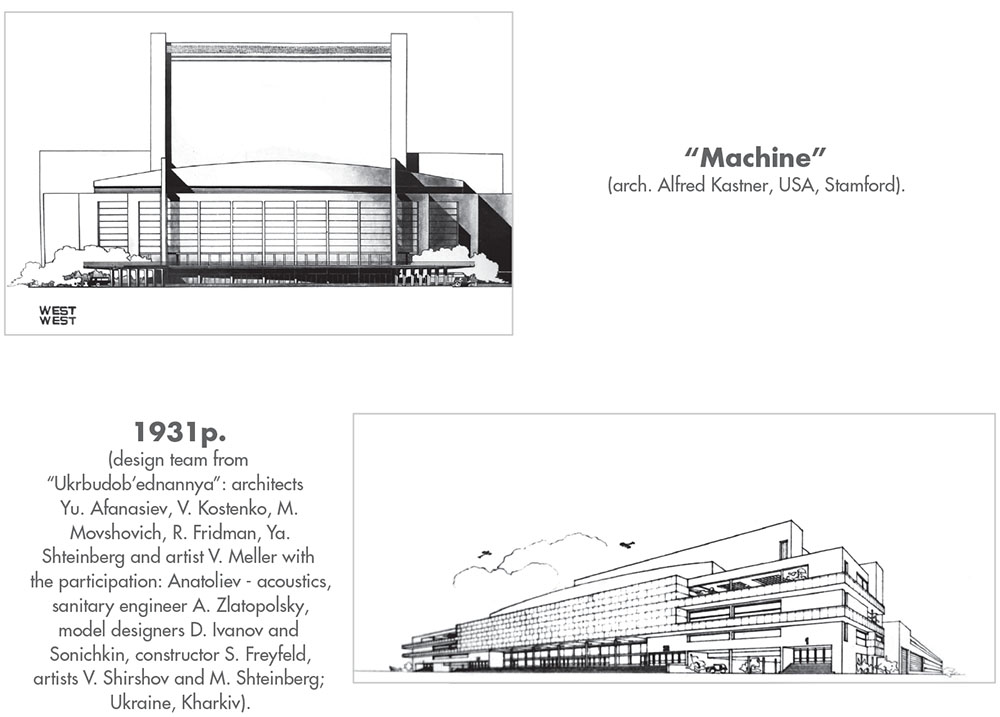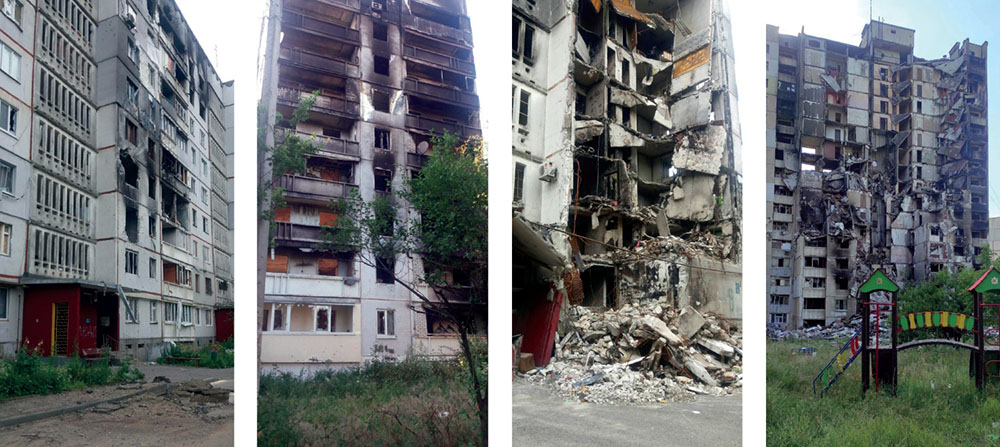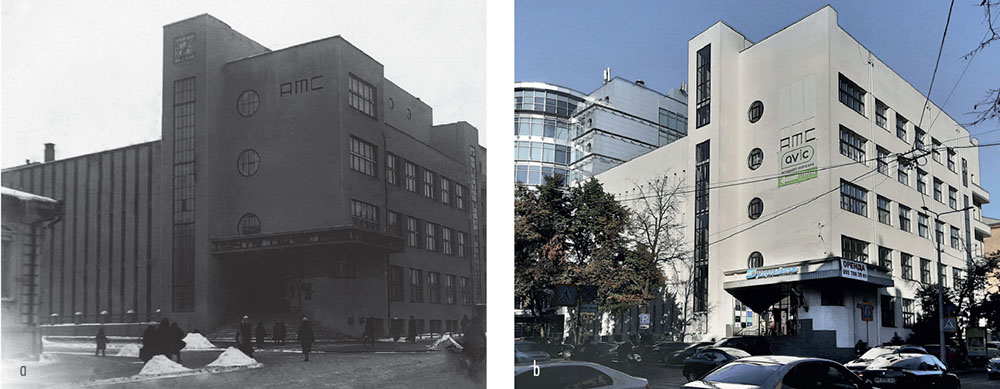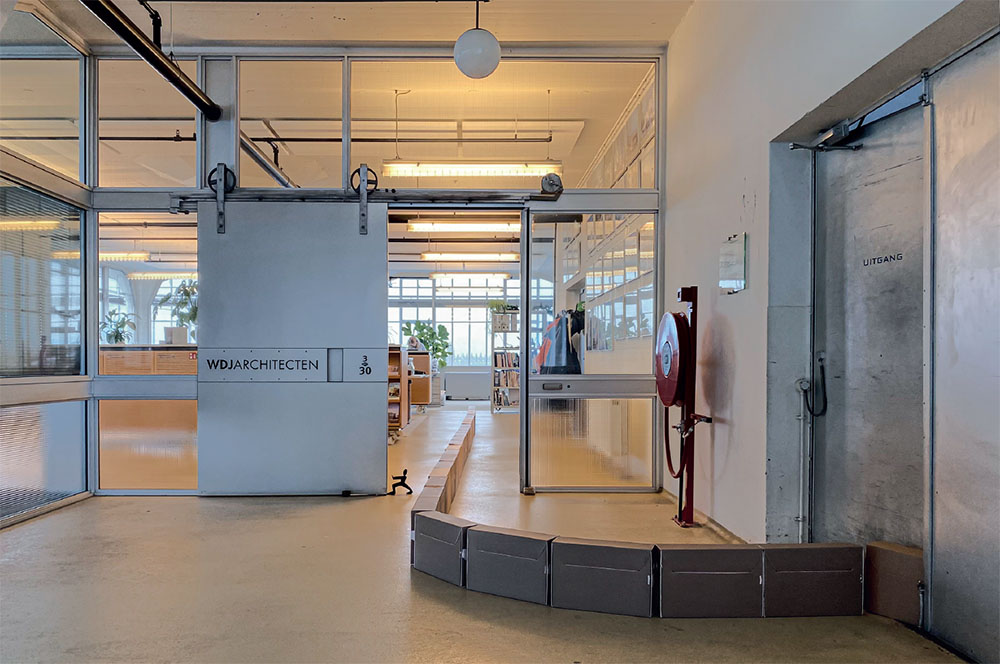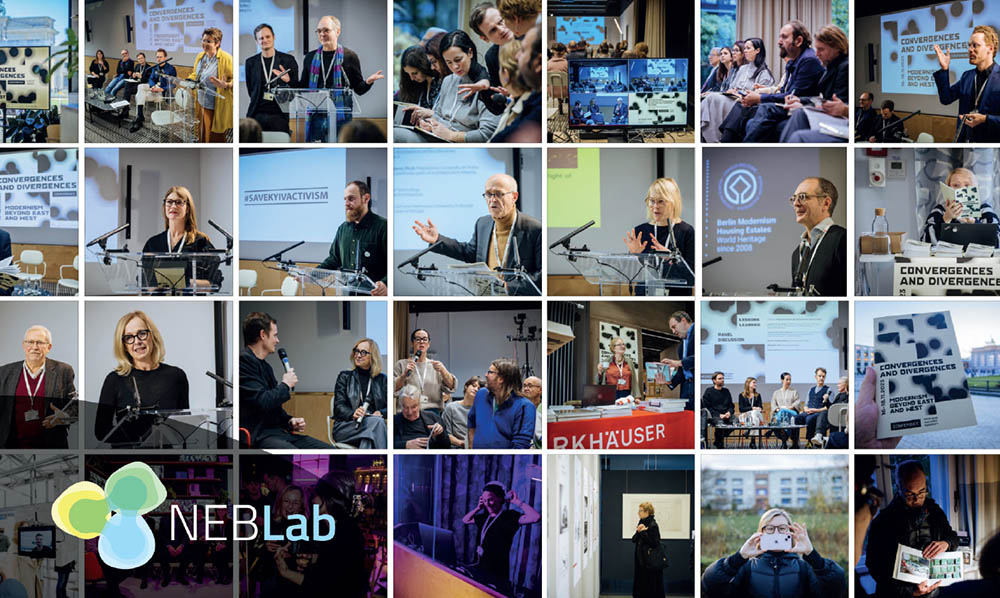New release: Docomomo Journal 70 - From Constructivism to Modernism in Kharkiv
Presentation, workshop-talk and vernissage to celebrate the publishing of Docomomo Journal 70 - From Constructivism to Modernism in Kharkiv will be held on April 15, 2024.
Read more about New release: Docomomo Journal 70 - From Constructivism to Modernism in Kharkiv




